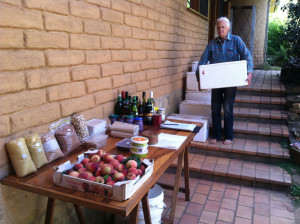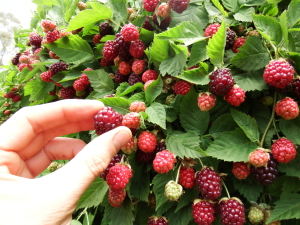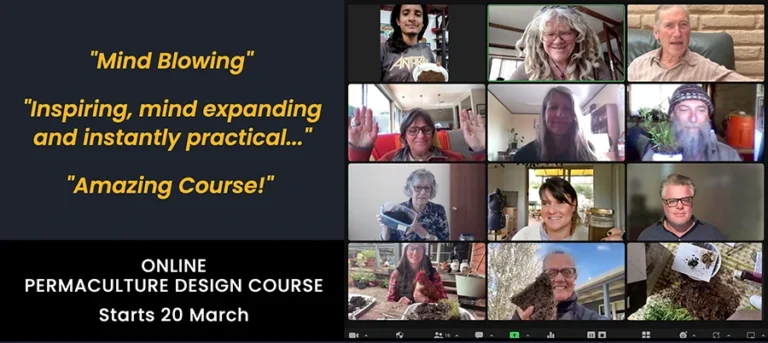 Principle 9: Use small and slow solutions
Principle 9: Use small and slow solutions
Do it Yourselfer #9
The ninth principle of permaculture, use small and slow solutions, reminds us that “slow and steady wins the race”.
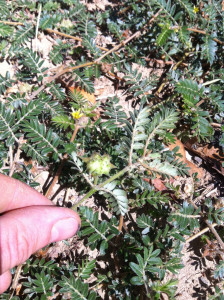
Living in a country town with a population of about 6,000 gives us access to just about everything that we need within a short distance. Instead of driving, we walk or ride just about everywhere. It saves us money while reducing our impact on the environment and keeping us fit. It also keeps us in touch with our surroundings and the people that live around us; things that can pass by unnoticed from a car window.
Not everything that we keep in touch with is a joy. Like our encounter with a large patch of the dreaded bindii (soliva sessilis) – which are very similar to doublegees / three-cornered jack (emex australis). The nasty spiny pods puncture tyres as well as the soles of feet and animal paws. The first we noticed of this nuisance was a flat tyre on our return home.
A more careful inspection on our return journey I noticed a large patch that meandered over a path at a nearby park. This is where plant ID, particularly at a distance, can be very handy indeed. Rather than leave it there to be spread and cause further distress I spent some time pulling them out. This job is most easily done in spring before the pods develop.
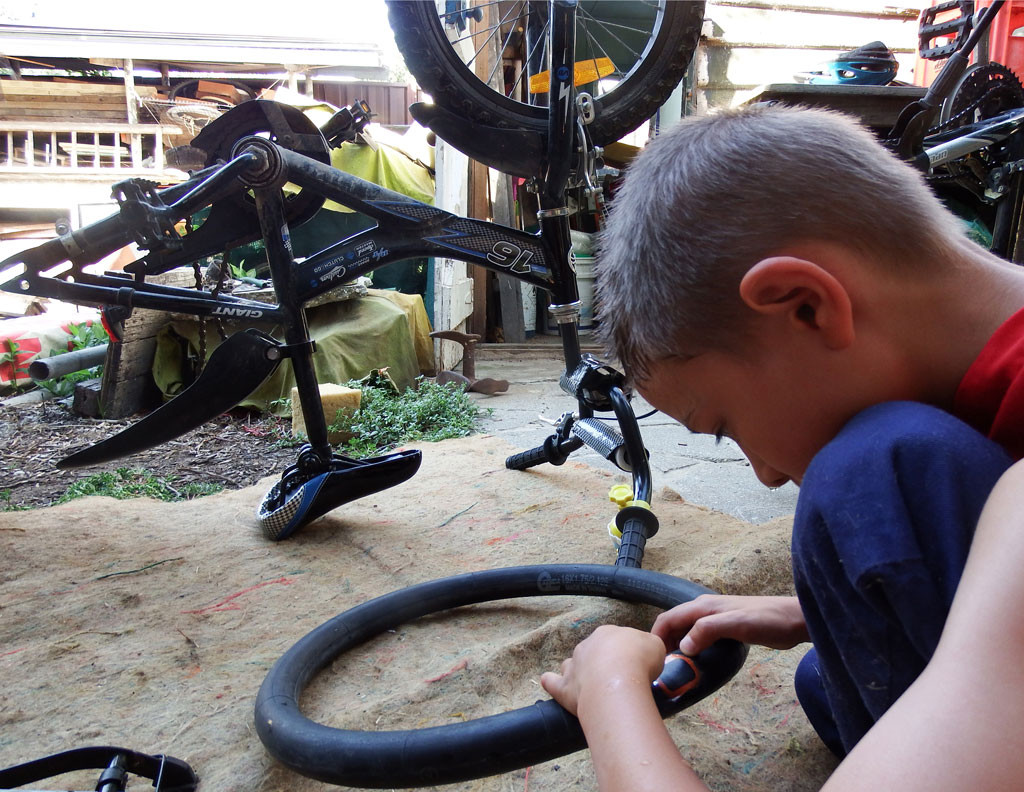
Bike maintenance and tube repair
Young Kai was keen to get his bike back in order. While I could quite easily fix it up myself I saw this as an opportunity to take the time to teach him what’s involved in repairing a puncture.
If you want to tackle this job you’ll need a shifter, tin can, bike tire levers, a tube repair kit, a bucket of water, rag, pen, tyre pump, an old toothbrush and some chain oil.
Lay down an old blanket invert the bike. Loosen the nuts from the axel remove the rear wheel from the bike frame, put the nuts in a tin can so you don’t lose them. Using the tyre levers lift one side of the tyre from the rim and remove the inner tube.
Pump up the tube and place it in water to see where the tube is leaking, check for more than one hole. After drying the location of the puncture, mark it with a pen so you don’t lose it.
Clean and roughen the area before gluing and allowing to dry off. Apply the patch and press down firmly. Before fitting the tube back, gently run your fingers over the inside of the tyre to feel for sharp objects to remove.
Fit the tube and push the tyre back into place as much as you can, use the tyre levers to finish the job. Pump up the tyre to the recommended pressure and fit back to the frame. Give the chain a little slack, so that it has about 10mm or so of flex.
Use an old toothbrush to clean dirt from the chain, gears and the bearings on the front and back axel and where the pedals meet the frame. Give the underside of your bike a good clean, including the tyre rims.
Being careful not to get your fingers caught, turn the pedals by hand while dripping a small amount of oil on the chain and the bearings at the axels and pedals. Check the brakes and adjust or replace pads if necessary.
Flip the bike back the right way round, give it a clean and get back on your bike.
All the best – Richard Telford
 Issue #3 of Pip Magazine
Issue #3 of Pip Magazine
FEATURES: The Age of Food: Healthy, Sustainable Sufficient, Constructing Swales, Bamboo in Permaculture, Permafund. PROFILES: Dr. Vandana Shiva, Hugh Gravestein, Shanaka Fernando, Nat Wiseman, Claudia Echeverria, Fraser Bailey. ALSO: The many roles of fungi, Turning no-dig gardening on it’s head, House of cupboards, Compost-powered shower, Fermenting for health, Homemade cheeses, Holistic management for life, Natural farming in the family, Declutter your life, DIY natural body products, Green Connect: Nourishing the Community, Permablitz the gong and much more…


